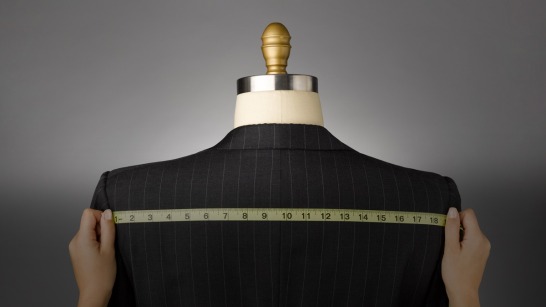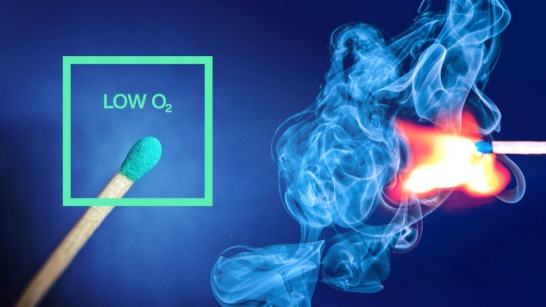_image_546x307.jpg)
Forklift design: futuristic vision inspires perfect interaction
When we hear the word “design”, for most people our immediate thoughts are of icons from the world of furniture, fashion, architecture, and cars, like for instance the famous bistro chair from 1859, Coco Chanel’s legendary tweed twin-set from 1954, the distinctive style of the Bauhaus movement from the 1920s, or the unmistakable flyline of the Porsche 911 from 1963. However, the forklift trucks and warehouse technology from KION brands STILL and Linde Material Handling are also subject to intensive design work—more so than we might assume at first glance. As part of the design process, the KION brands rely on visionary concept studies, as well as input from experts in the car industry.
2021-10-13




